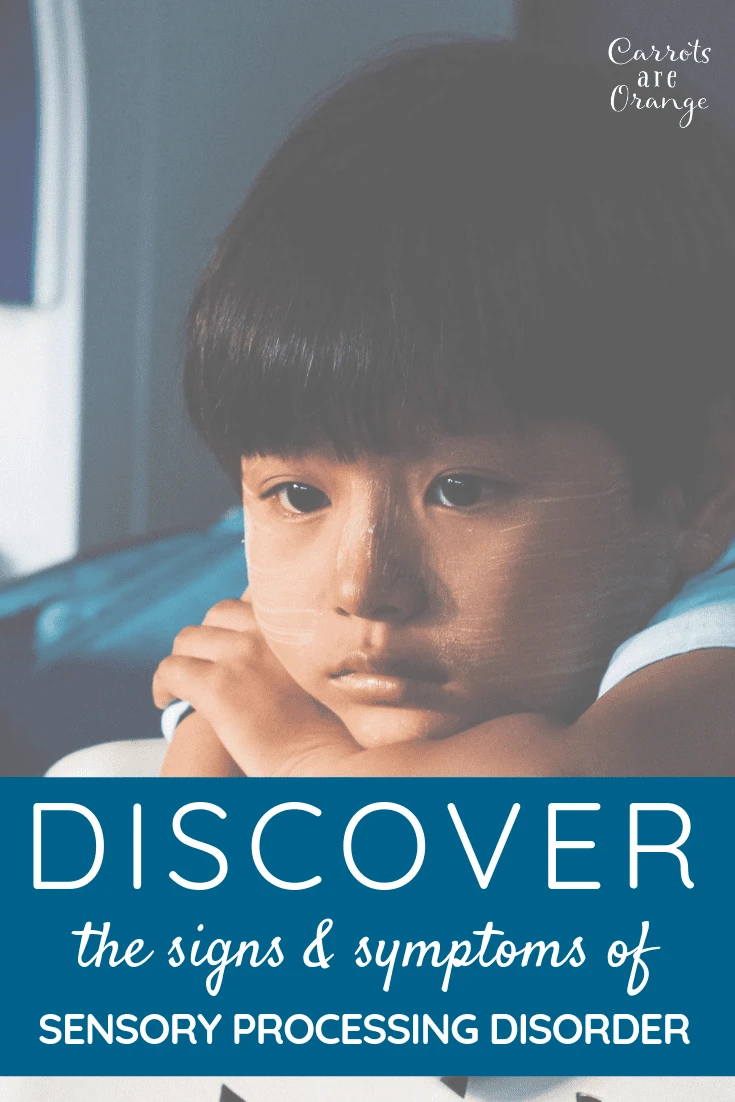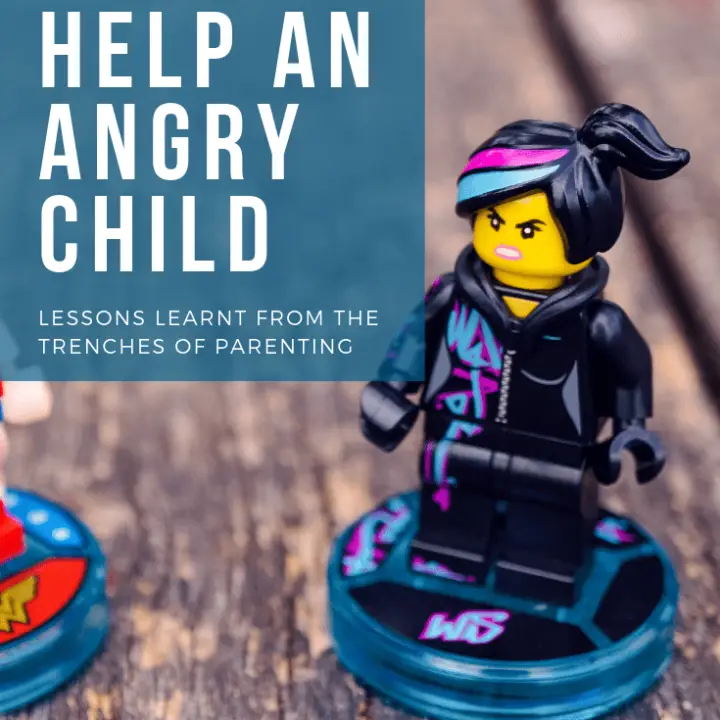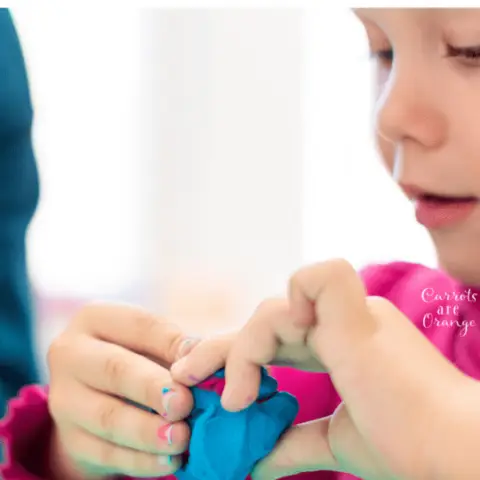Years ago, as we began our sensory processing journey, I scoured the internet for an answer to the question: what are the signs of sensory issues? I discovered a checklist for sensory processing disorder, a tool that guided me in identifying my sons' sensory integration challenges.
Most importantly, though, it helped us find the appropriate professional to create a plan that matched my son's developmental needs. Sensory processing disorder checklists are the perfect starting point for parents in determining a child's sensory needs.

What is Sensory Processing Disorder?
Are you concerned about your child's sensory integration?
Do you wonder about sensory processing disorder?
What does it mean to have a sensory processing disorder?
Or maybe your child seems all over the place and you're worried about executive function?
Good news for you: there are ample high-quality sensory checklists to help guide parents and teachers. I include links to my favorite sensory checklists in this post.
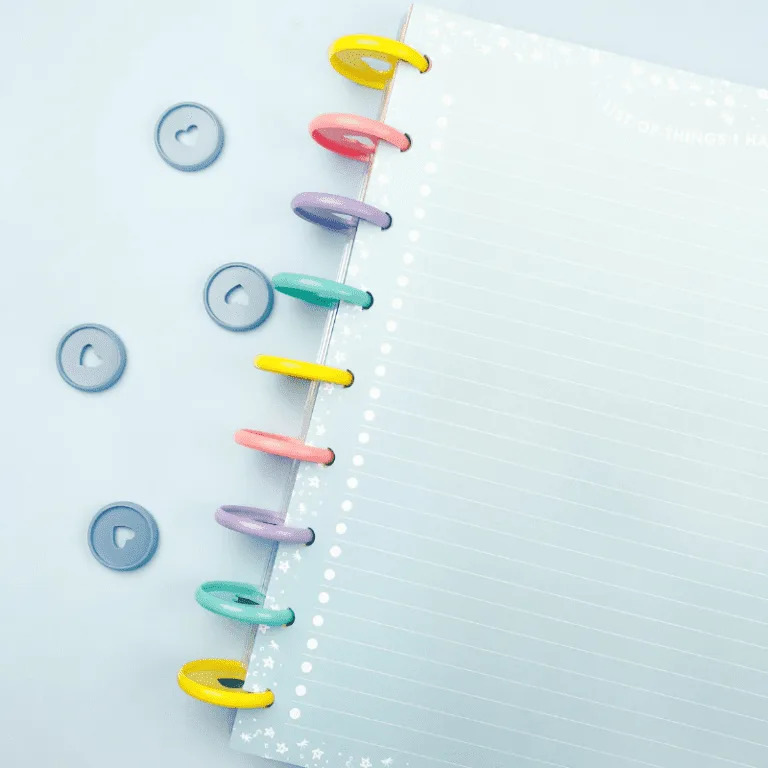
What is a Sensory Checklist?
Great question! According to Developmental Pathways, “the purpose of a sensory processing checklist is to help parents and professionals who interact with children become educated about particular signs of sensory processing dysfunction.”
Keep in mind that a checklist for sensory processing disorder is not an ending point for diagnosing a child with a certain sensory processing disorder.
A sensory processing disorder checklist is a guide, a starting point for you, and possibly your pediatrician until you find a reputable occupational therapist.
Use Sensory Checklists to Determine Your Child's Needs
Is your child overly sensitive to touch and sensitive to light?
Does he have trouble grasping objects, holding a writing utensil, or catching a ball?
Are you concerned about fine motor skills as he has difficulty completing fine motor tasks?
Maybe you've noticed that he enjoys extreme force, such as pulling and pushing, in his activities.
Hyposensitivity Sensory Checklist
With a sensory checklist, we identified our oldest son's hyposensitivity. We observed that he touched everything and constantly chewed on his shirt. He is an oral sensory seeker, a picky eater, and easily distracted.
As a result, our oldest needed more sensory input. His gross motor skills were off the chart as he was in constant motion. Furthermore, his issue was not poor balance but exactly the opposite.
To clarify, he needs to be moving his body in order to focus. Therefore, if he were forced to sit, he would have difficulty learning. That was an ah-ha moment for me as an educator and parent.
His brain needs additional input to be able to take in the learning. Stepping back, it makes a lot of sense within the context of brain development.

Hypersensitivity Sensory Checklist
Our middle son is the opposite – hypersensitive, which, in his case, means that he reacts negatively to anything that overstimulates his nervous system. He experiences strong reactions to smells and noises.
To give you an example, years ago we were traveling in San Francisco. In order to get to my sister's home, we hopped into a taxi cab. Immediately, the driver's cologne enveloped the car and my son appeared as if he was going to vomit.
Well, we made it to our destination, at which point my son let out a huge breath.
Related Resource: It's a Fact: Brain Differences Exist Between Boys and Girls
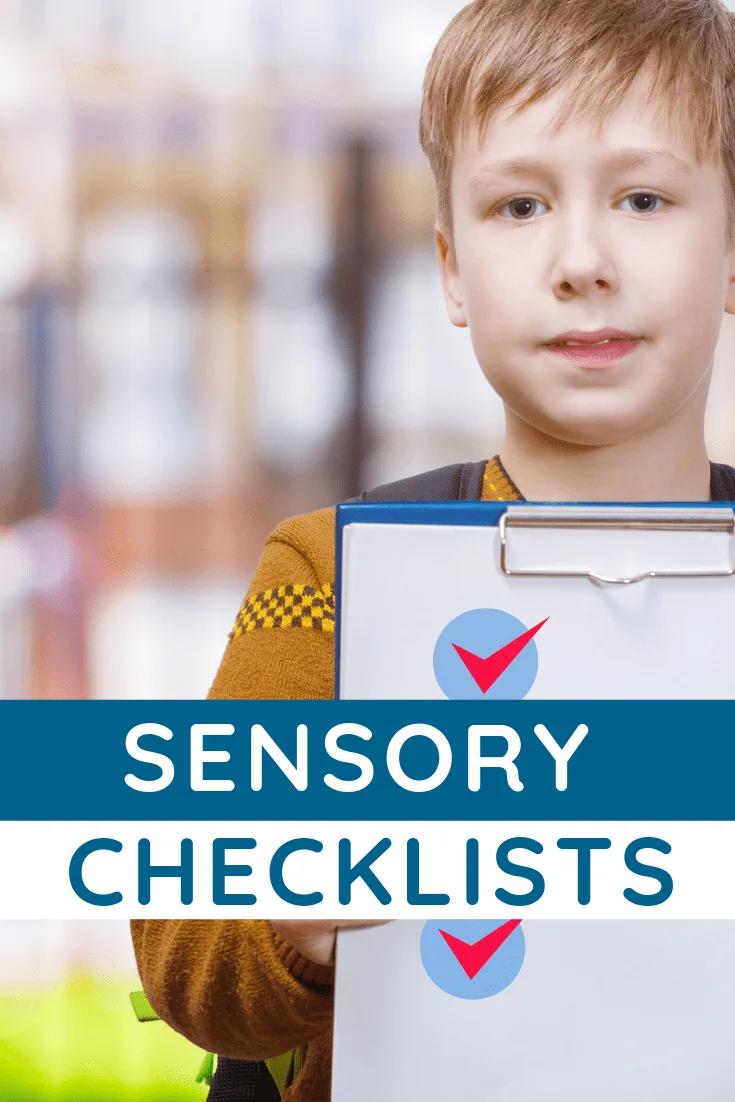
Your Starting Point for Understanding Sensory Processing Disorders
With a sensory checklist, I was able to determine the type of sensory processing disorder and we could move on to the sensory processing treatment. I want you to have the same insight into your child's sensory development.
Below is a short list of sensory checklist resources. I hope you find these sensory processing disorder assessments helpful.
Sensory Processing Disorder Checklist Resources
- Sensory Smarts
- System Checklist from STAR Institute
- Sensory Processing Disorders.com
- Sensory Symptoms Checklist for Kids
- Pediatric Therapy Services Sensory Kids SPD Checklist
- Sensory Resources
Please consider these sensory checklists as a starting point for you, a first step to truly meeting the needs of your child. Seek an occupational therapist for a specific guide and sensory diet.
Once you have a better understanding of your child and if they face sensory processing disorder, I think you will find this ultimate resource on raising sensory kids extremely helpful!

